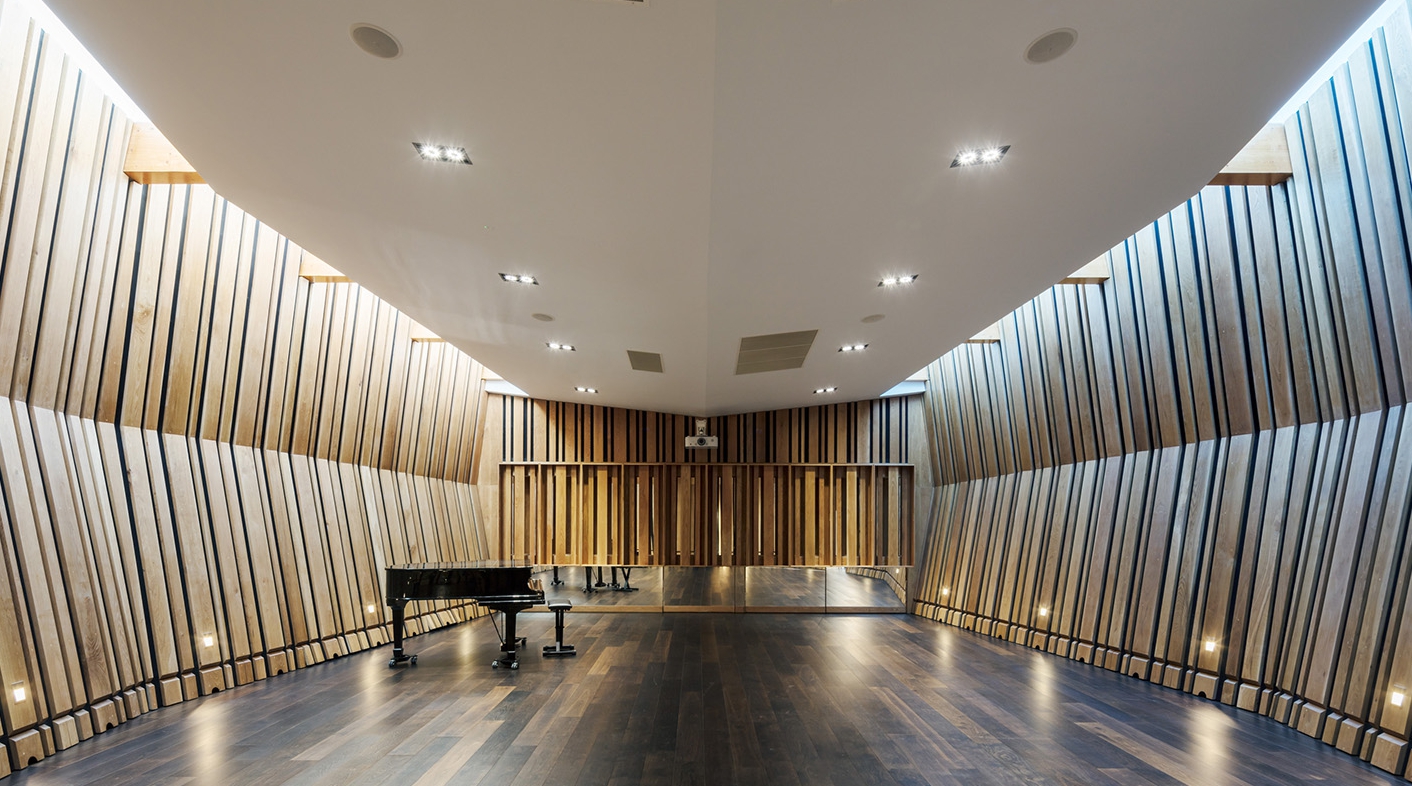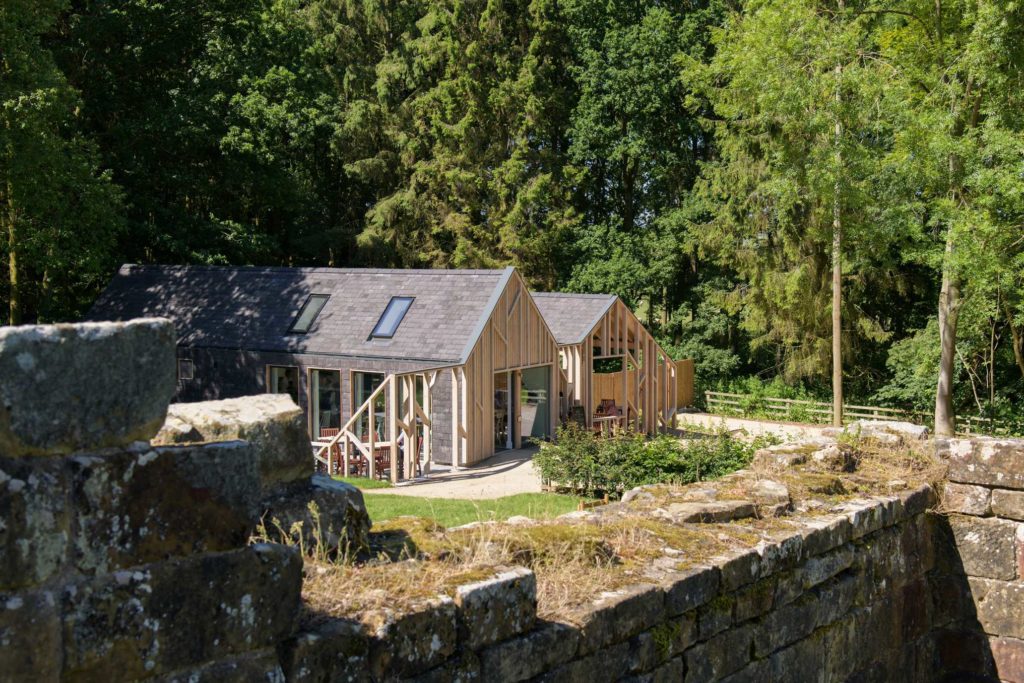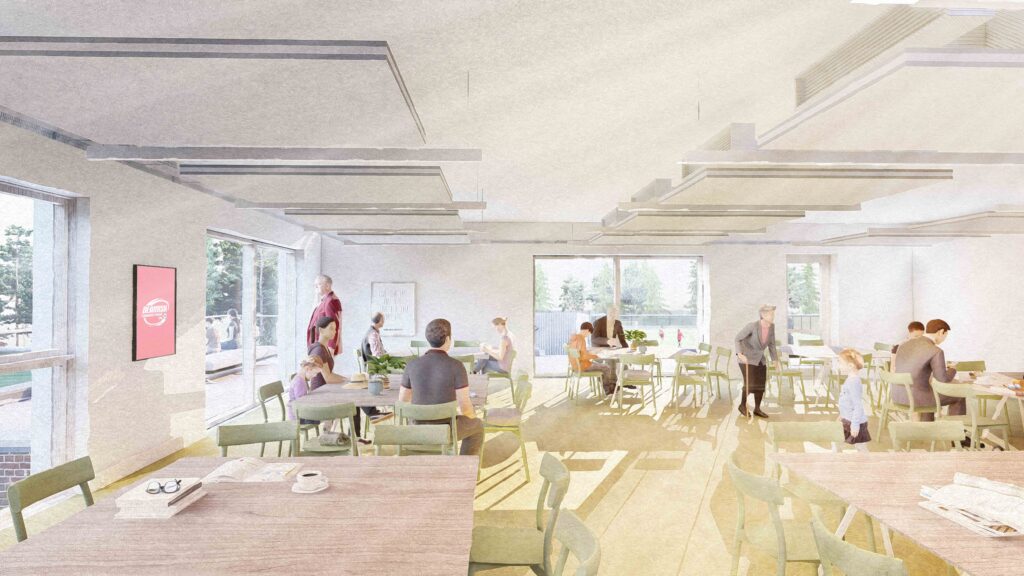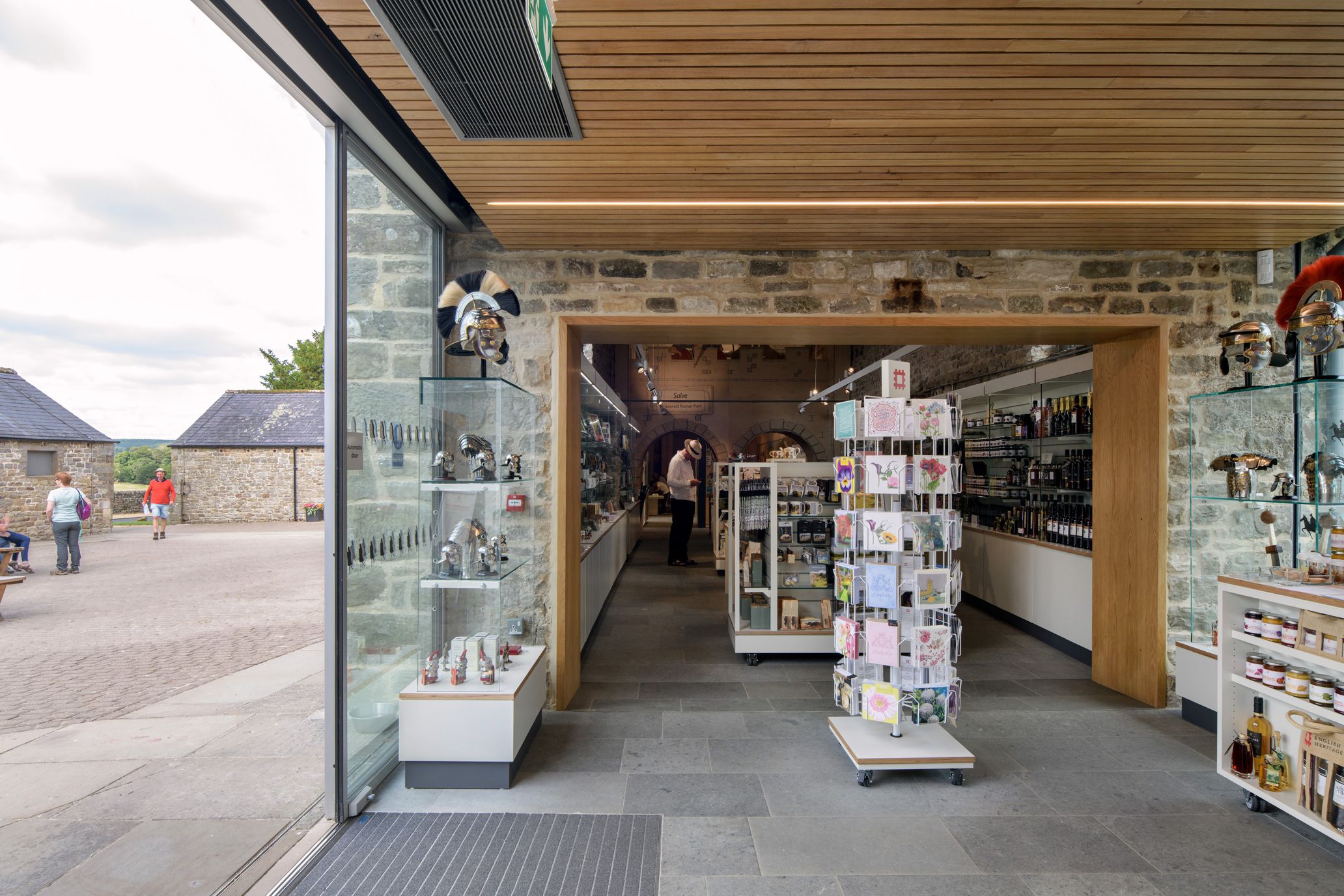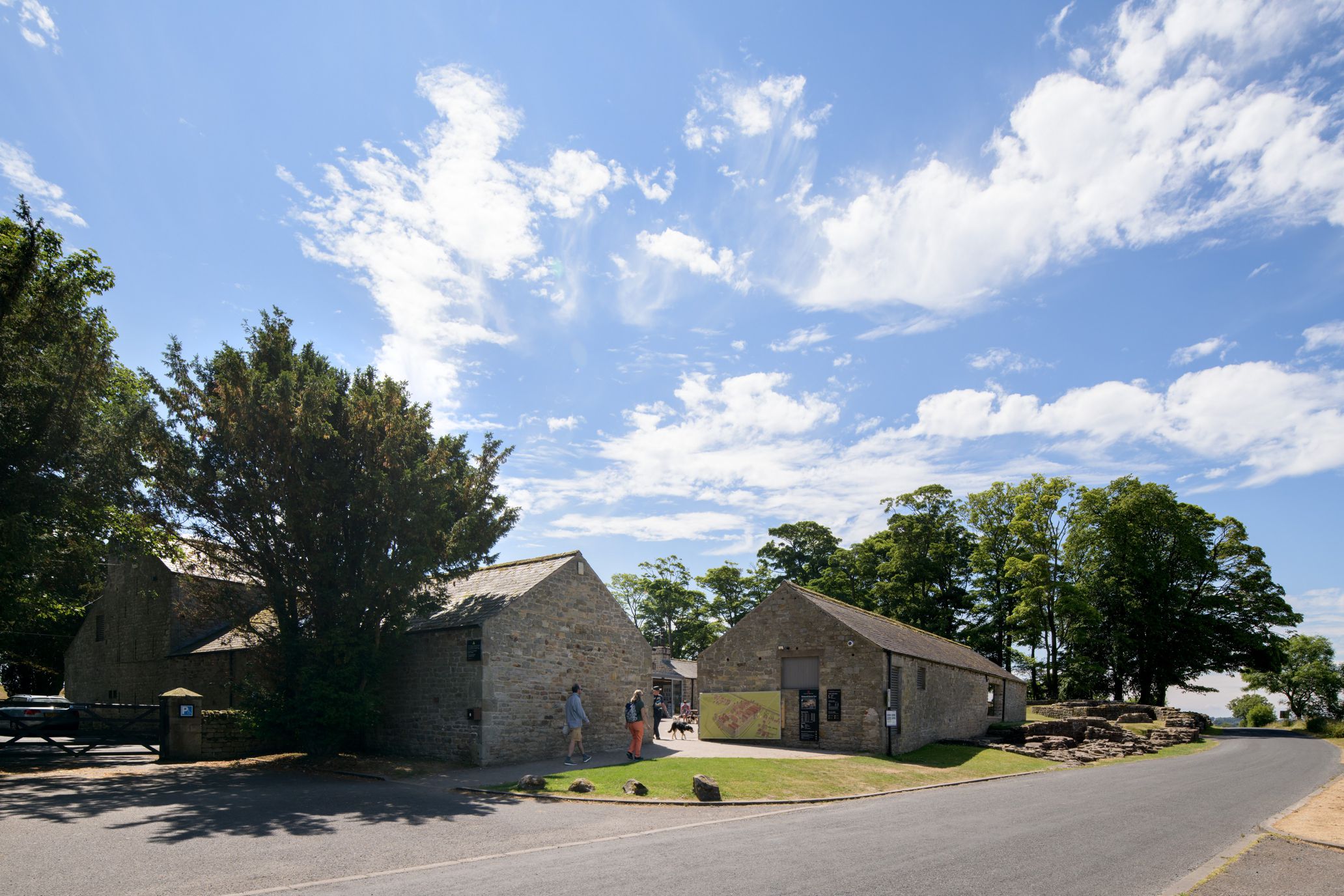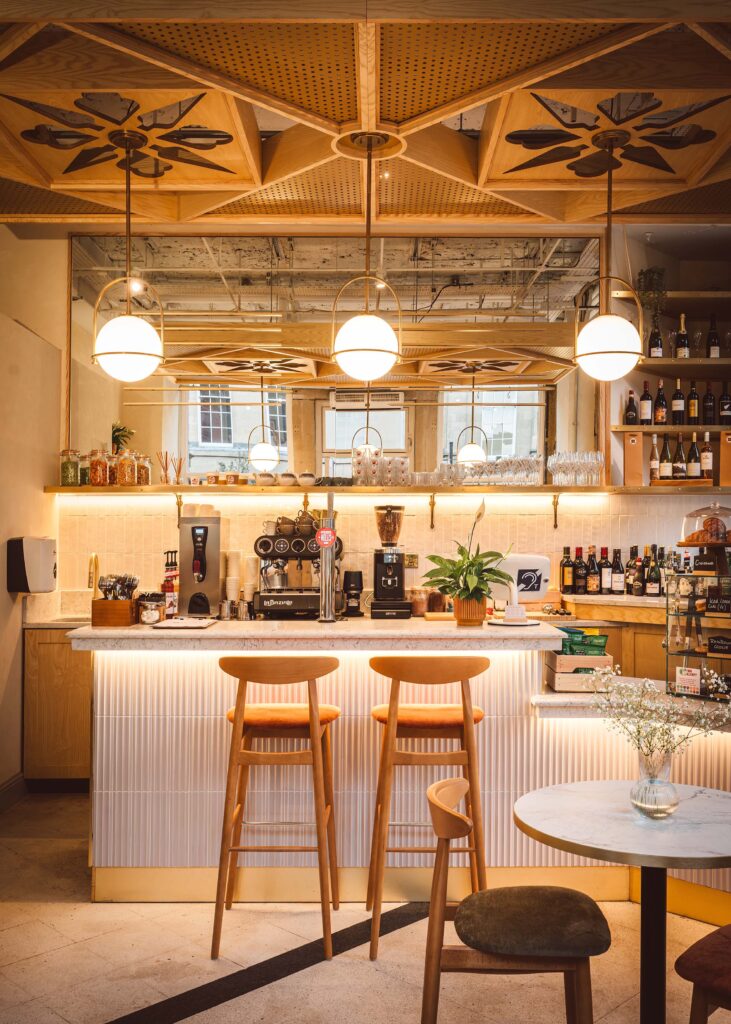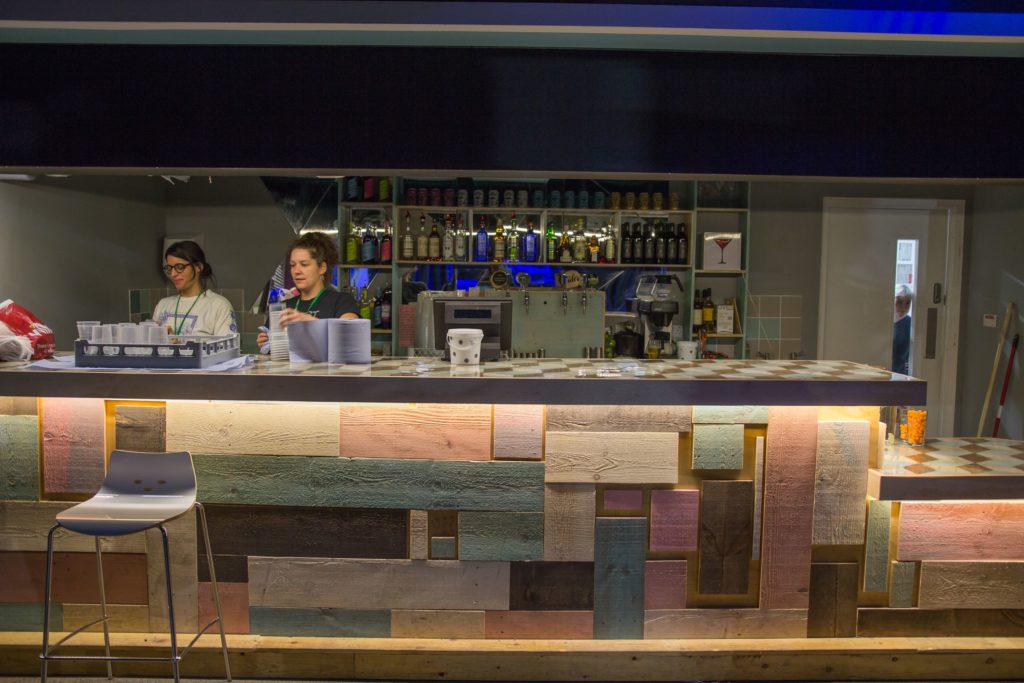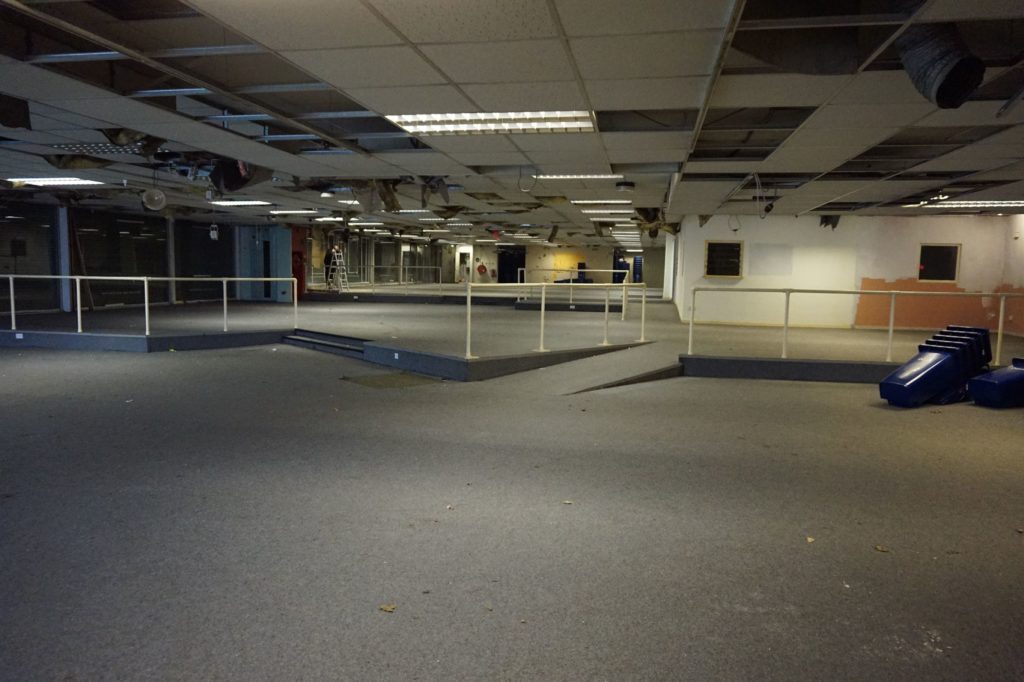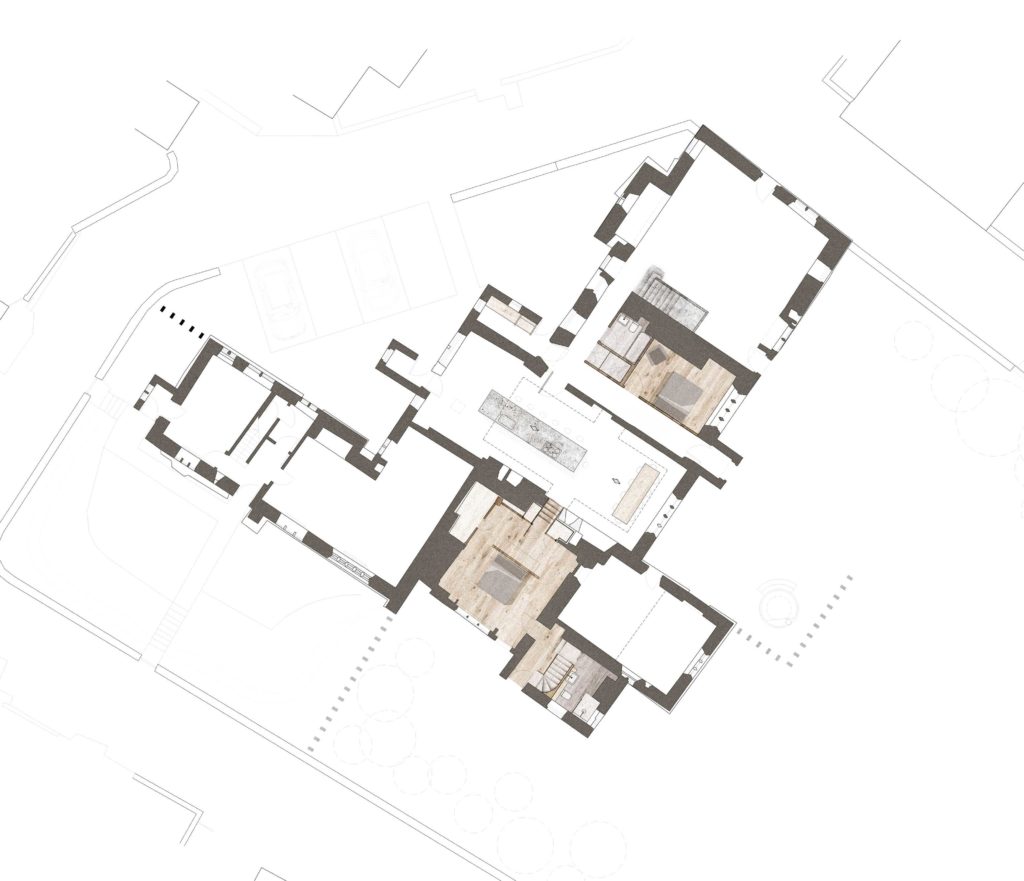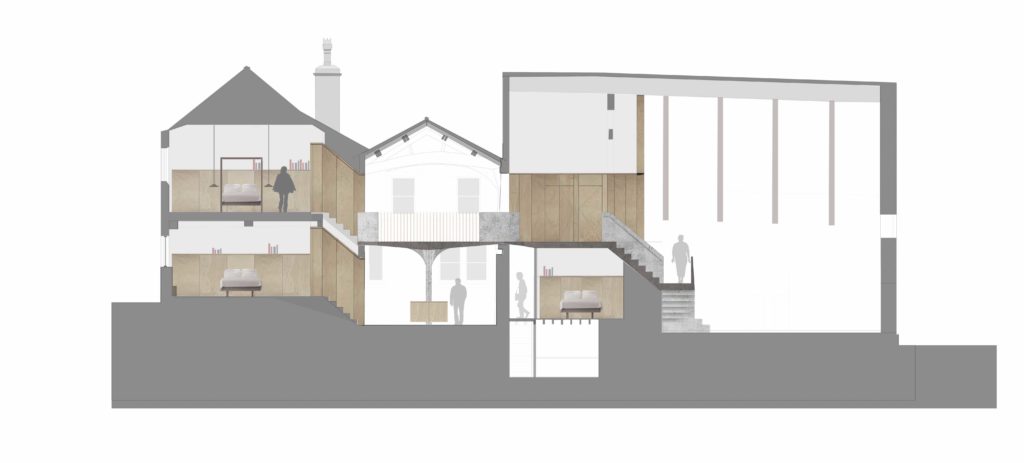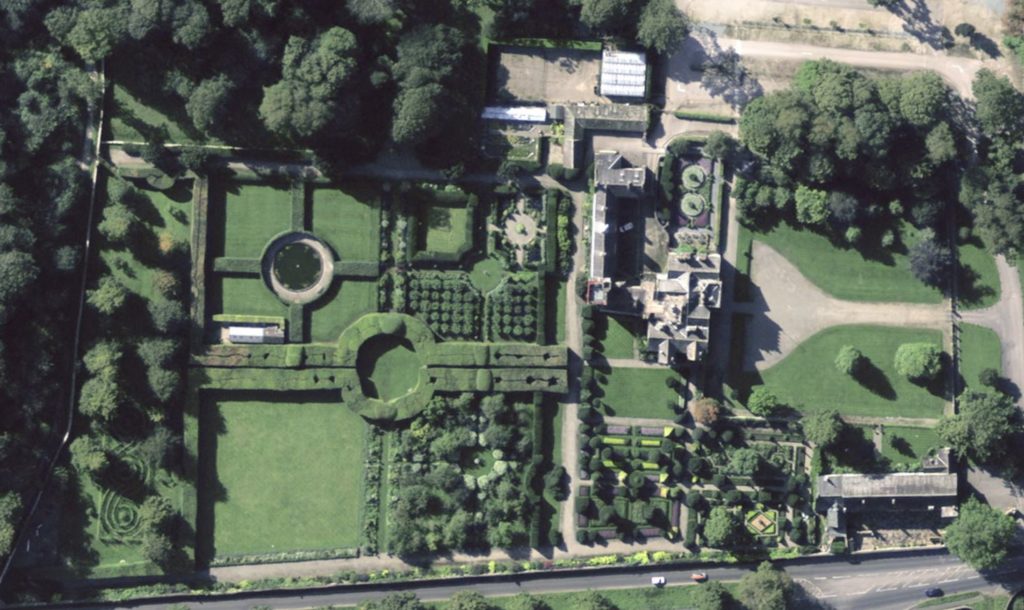Friar House is an excellent example of pre-Grainger Newcastle and has seen various transformations since construction in the 1700’s from the Town Recorders main residence to an industrial factory.
The large Georgian town house was in a poor state of disrepair when we took on the project to restore the grade II listed building and convert into a boutique hotel. Roomzzz Newcastle is an award winning which can now be enjoyed now by all. There are 14 suites over the five floors including a penthouse suite with mezzanine floor in the roof space. Proportions of key spaces have been retained employing “Manhattan Lofts” style subdivision to create different moods within original proportioned spaces.
Numerous original features are highlighted in this building employing all the modern trappings hotel guests would expect with all the detail of a restoration project.
Awards
Newcastle Lord Mayors Awards – Conservation Award
RIBA North East - Emerging Practice of the Year
RIBA North East - Conservation Project of the Year
RIBA North East - Building Award
RICS North East - Tourism & Leisure Commendation









